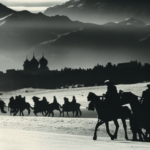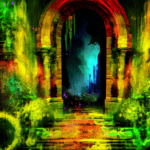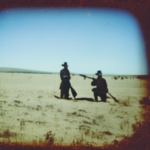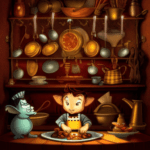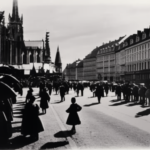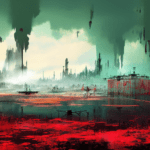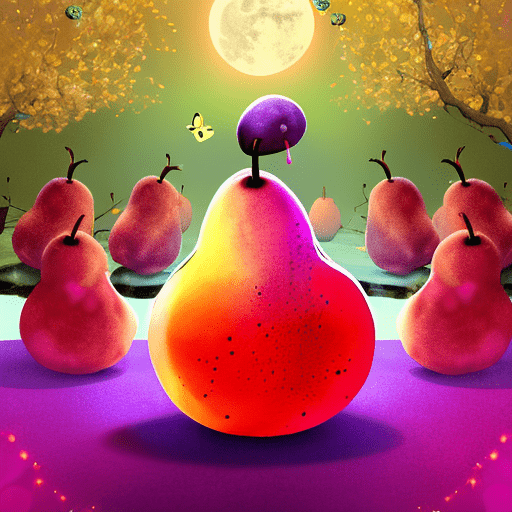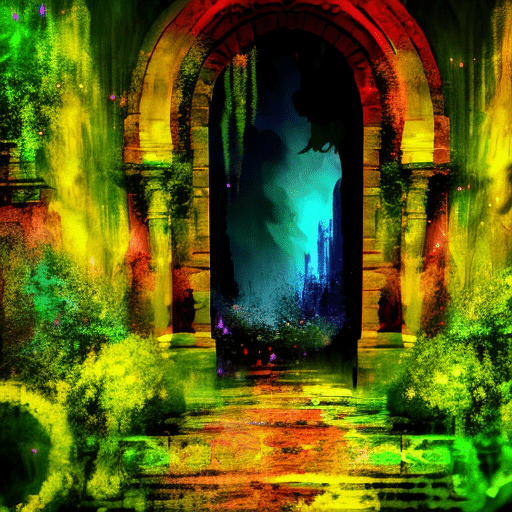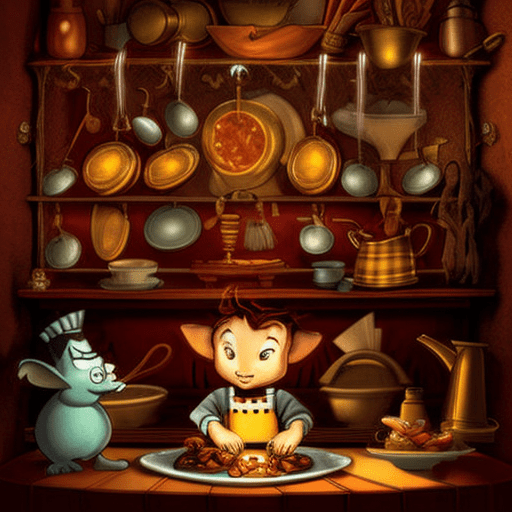One-line summary:
“The Leopard” is a historical novel that explores the decline of the Sicilian aristocracy during the Risorgimento, as seen through the eyes of Prince Fabrizio Salina.
The Decline of the Sicilian Aristocracy
“The Leopard” takes place in the 19th century during the time of the Risorgimento, the movement for Italian unification. The novel follows Prince Fabrizio Salina, a member of the Sicilian aristocracy, as he witnesses the decline of his class and the rise of a new social order. The Prince is a complex character who is both nostalgic for the past and aware of the need for change. He recognizes that the world he knows is fading away, but he also struggles to accept the new reality.
As the novel progresses, the Prince’s family faces numerous challenges. His nephew, Tancredi, joins the revolutionaries fighting for Italian unification, while his daughter, Concetta, is torn between her love for Tancredi and her loyalty to her father’s traditional values. The Prince himself is caught between his desire to preserve his family’s legacy and his understanding that change is inevitable.
The Symbolism of the Leopard
Throughout the novel, the leopard serves as a powerful symbol. The leopard represents the old aristocracy, with its elegance, power, and beauty. Just as the leopard is a creature of the past, so too is the Sicilian aristocracy. The Prince, who is often compared to a leopard, embodies the qualities of his class. He is proud, intelligent, and fiercely independent. However, like the leopard, he is also aware of his own mortality and the decline of his kind.
The leopard also symbolizes the Prince’s struggle to adapt to the changing world. He is torn between his desire to hold onto the past and his recognition that he must embrace the future. The leopard’s presence in the novel serves as a reminder that change is inevitable and that even the most powerful and beautiful creatures must eventually give way to the forces of time.
The Cycle of Life and Death
Another theme explored in “The Leopard” is the cycle of life and death. The novel is set against the backdrop of a cholera epidemic, which serves as a reminder of the fragility of life. The Prince’s own mortality is a constant presence in the novel, as he reflects on his own aging and the inevitability of death. The cycle of life and death is also reflected in the changing social order. The old aristocracy is dying out, making way for a new class of politicians and businessmen.
At the end of the novel, the Prince dies, symbolizing the end of an era. His death represents the passing of the old world and the beginning of a new one. The Prince’s final words, “Everything must change so that everything can stay the same,” encapsulate the central theme of the novel. Change is necessary for progress, but it is also important to preserve the essence of what makes us who we are.
- The decline of the Sicilian aristocracy during the Risorgimento
- The symbolism of the leopard as a representation of the old aristocracy
- The cycle of life and death and the inevitability of change
“Everything must change so that everything can stay the same.”
“The Leopard” is a powerful exploration of the decline of the Sicilian aristocracy and the inevitability of change. Through the character of Prince Fabrizio Salina, the novel delves into themes of nostalgia, mortality, and the struggle to adapt to a changing world. With its rich symbolism and vivid portrayal of 19th-century Sicily, “The Leopard” is a timeless classic that continues to resonate with readers today.


